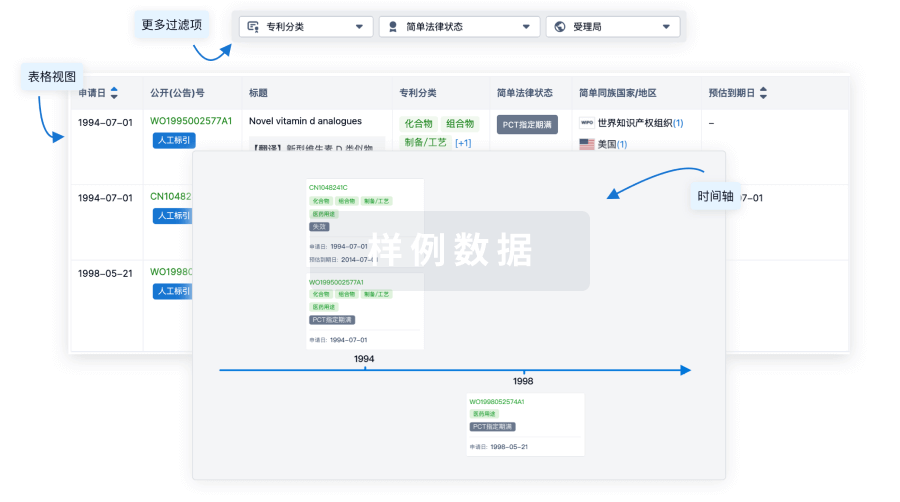BACKGROUND:Reliable assessment of not only symptoms but also lung function is essential in asthma management. We developed a new technology for analyzing lung sounds and assessed its clinical usefulness in asthmatic children.
METHODS:Forty-four children underwent lung sound recording with simultaneous airflow measurement using a sensor on the upper right anterior chest. We calculated a sound parameter index from the amplitude of inspiratory lung sounds at 700 Hz (ic700). ic700 were compared depending on flow and body size. In addition, 184 asthmatic children and 16 non-asthmatic children underwent lung sound analysis and lung function test in an asymptomatic state. In the asthma group, 135 children received treatment continually. The untreated asthma group included 28 children who had never received treatment continually and 21 children who had not been treated for at least 1 year. The asthmatic children were divided into four classes according to asthma severity. ic700 were compared depending on spirometric parameters and asthma severity classification.
RESULTS:The influences of flow and body size were negligible for ic700. ic700 correlated with FEV1%, MMF and FEF50 (r = -0.436, -0.339 and -0.302, respectively). There was a significant difference of ic700 between asthmatic and non-asthmatic children (p < 0.001), and ic700 correlated with the classification of asthma severity (p < 0.001). The ic700 scores of the severe group were higher than those of the intermittent group and non-asthmatic children.
CONCLUSIONS:It was possible to evaluate airway dysfunction of asthma using ic700, which was calculated non-invasively by analyzing lung sounds alone, without measuring body size and airflow.







